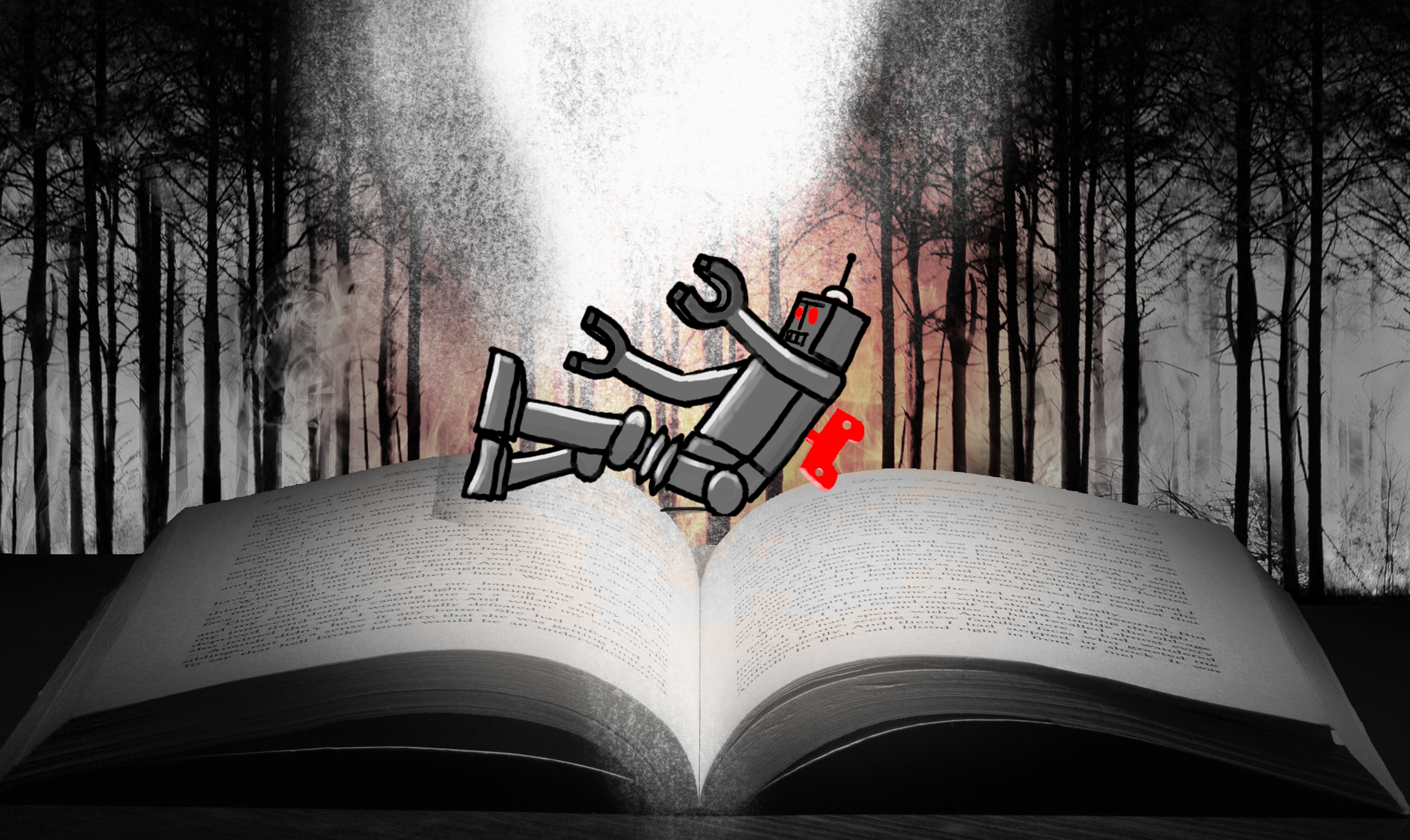Time of the End? More-Than-Human Humanism and Artificial Intelligence
DOI:
https://doi.org/10.5399/uo/hsda/7.1.3Abstract
The first part (“Is there a future?”), discusses the idea of the future in the context of Carl Schmitt’s vision for the spatial revolutions of modernity, and then the idea of Anthropocene, as a synonym for an environmental crisis endangering the very survival of humankind. From this point of view, the conquest of space and the colonization of Mars at the center of futuristic and technocratic visions appear to be an attempt to escape from human responsibilities on Earth. The second part (“AI and other hyperobjects”) discusses the extent of intellectual hubris expressed in computation, AI (Garvin Minsky e Ray Kurzweil), and the philosophy of computing and information (Eric Fredkin), involved in the elaboration of new theoretical assessments on the ultimate nature of reality. Their vision is then contrasted and made to interact with that of philosopher Timothy Morton. He has taken the perspective of global warming and the possibility of ecological catastrophe seriously, avoiding all the futuristic enthusiasms and instead emphasizing the radical nature of the transformations that humans experience in the present. In this perspective, AI becomes one of the “hyperobjects,” like the Internet or climate change, in which humans are immersed. Morton’s hyperobjects delineate an uncanny view of the future; this uncanniness is not related to the supernatural but to the environment.
The third section (“More-than-human-humanism”) further reflects on the “uncanniness” that human perceive in the encounters with the manifestations of hyperobjects. It also seeks to understand the human position in the face of the radical technological transformations induced by cybernetics and AI. This section discusses Anti-humanism, Transhumanism, and Posthumanism within the broader category of more-than-human thought, which seems to be a more appropriate term to clarify the possible misunderstandings induced by the word “posthuman” and “transhuman.” The central question is not to empower (Transhumanism) or disempower (Posthumanism) humans, but to see them in relation to what is not human, including other animals, the environment, and the machine. The analysis considers the works of Cary Wolfe, Jane Bennet, Bryant Levi, among others, and introduces ethical debates on cyborgs, robots, and Autonomous weapons systems (AWS). The fourth section (“Ethical Perspectives”) continues this inquiry, concentrating on the non-standard ethical theories of Luciano Floridi (Computer and Information Ethics) and David Gunkel (The question of the Machine). It examines the opportunity and feasibility of including in the discussion on the ethics of our time - characterized by the pervasiveness of AI - the notions of consciousness as theorized by Emmanuel Levinas’s Humanism of the Other and Paul Ricoeur’s Oneself as Another.
Finally, the last section (“The time of the end?”) reflects on how the hyperobject, Anthropocene, re-establishes a sense of limits in human history and confirms the special responsibility of human beings, and supports the need for a more-than-human-humanism. The latter, in other words, means intertwining ourselves with a unique ecosystem which cannot be overlooked and which restores meaning to our relationship with the past, present, and future. The awareness of the current challenges of technology can and must express itself in different forms of resistance to the adverse effects of AI in our lives. The ethical approach based on the persisting role of human consciousness is essential, but it must be coupled with human decision-making and political action.
Downloads
Published
Issue
Section
License
Copyright (c) 2022 Massimo Lollini

This work is licensed under a Creative Commons Attribution-NoDerivatives 4.0 International License.
Authors who publish with this journal agree to the following terms:
- Authors retain copyright and grant the journal right of first publication with the work licensed under a Creative Commons Attribution No Derivatives License that allows others to share the work with an acknowledgement of the work's authorship and initial publication in this journal.
- Article and journal metadata is released under a Creative Commons Attribution license.
- Authors may enter into separate, additional contractual arrangements for the non-exclusive distribution of the journal's published version of the work (e.g., post it to an institutional repository or publish it in a book), with an acknowledgement of its initial publication in this journal.
- Authors are permitted to post their work online (e.g., in institutional repositories or on their website) prior to and during the submission process, as this can lead to productive exchanges, as well as earlier and greater citation of published work (See The Effect of Open Access). Indicate that the manuscript is under submission.

